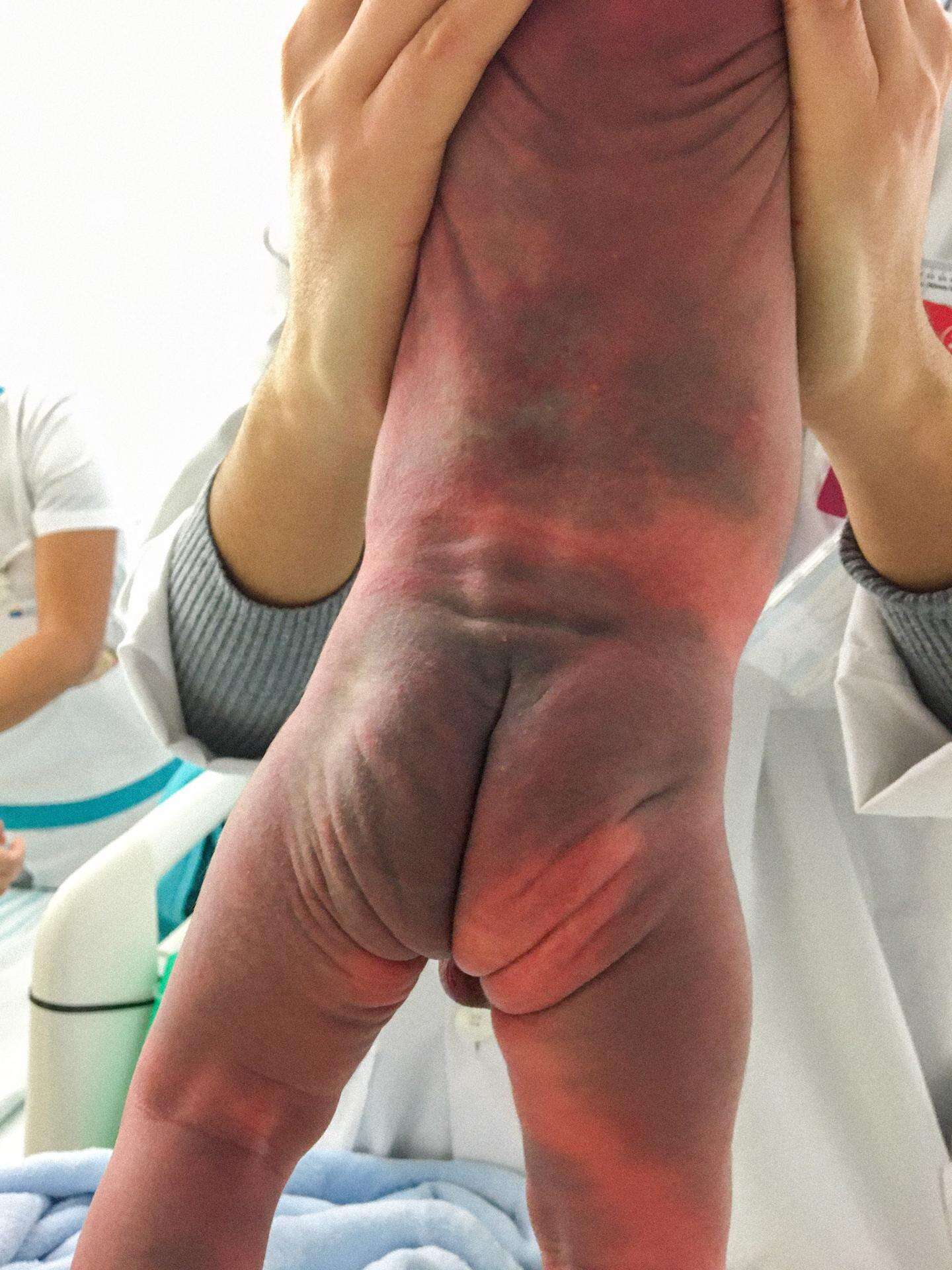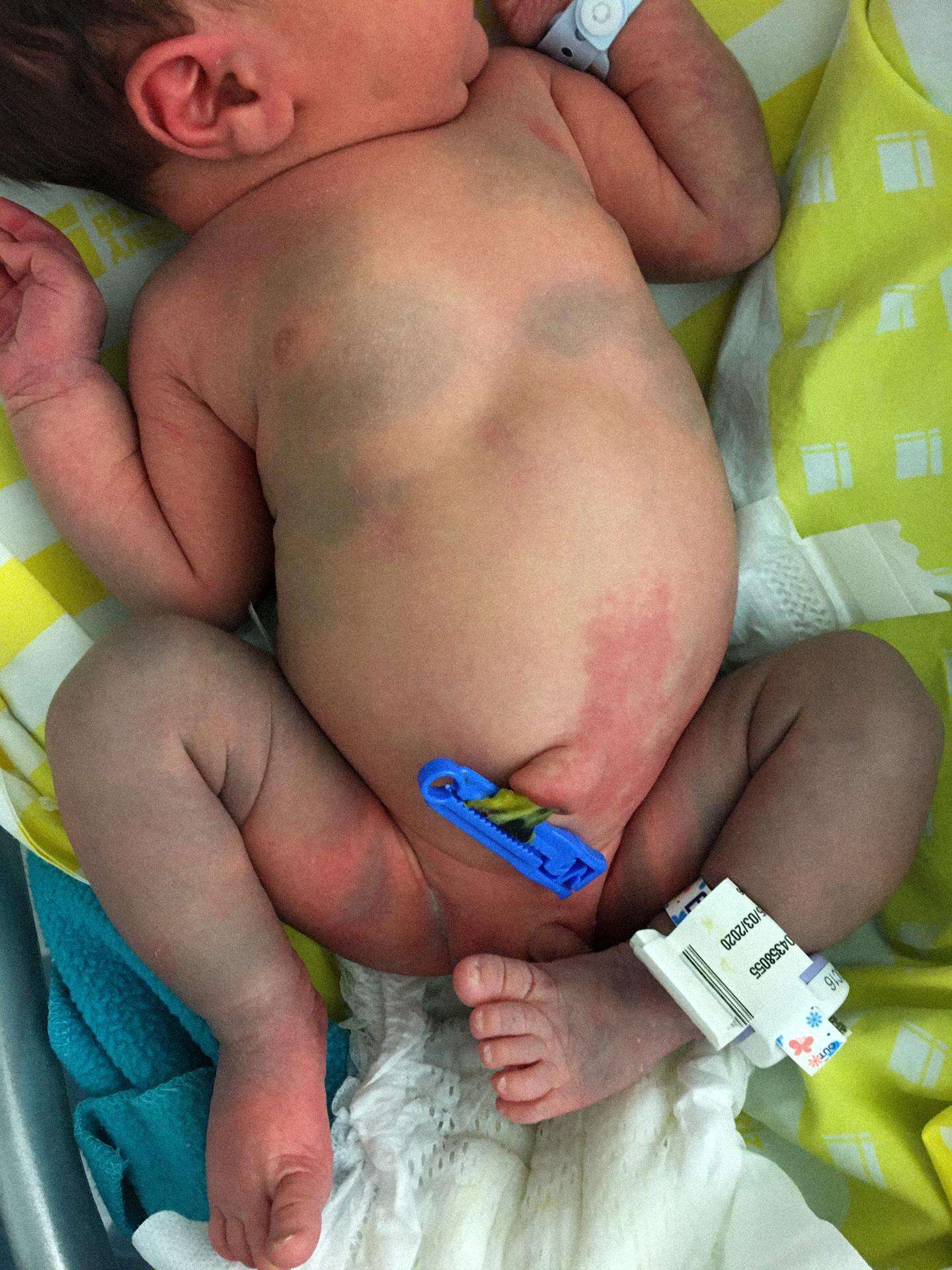
Beyond An Extensive Mongolic Stain: A Case Of Phacomatosis Pigmentovascularis Type IIA
2Unity of Family Health Travessa da Saúde, Group of Health Centers of Loures-Odivelas, Regional Administration of Health of Lisbon and Tejo Valley, Portugal
Background: Phacomatosis pigmentovascularis (PPV) is an extremely rare congenital condition clinically defined by the presence of cutaneous vascular malformation and pigmented lesions of variable extension. Its possible association with extracutaneous manifestations predicts its gravity. Traditionally, PPV was classified into five types (I-V), according to the pigmented lesions, and additional categorization “a” (without extracutaneous manifestations) and “b” (with extracutaneous manifestations). More recently, Happle proposed a simpler classification of four major groups. Extracutaneous involvement, mainly ocular, neurologic and vascular, is present in about 50% of PPV patients. In the absence of extracutaneous manifestations PPV is normally a benign condition. PPV type IIA, also termed phacomatosis cesioflammea, is the most common type, characterized by the presence of aberrant mongolian spots and port-wine stains, with or without nevus anemicus.
Clinical Case: We present the case of a 2-day-old male newborn with an extensive congenital dermal disorder. Both the pregnancy and family history were unremarkable.
He presented an extensive mongolian stain involving the trunk, back, buttocks, upper and lower limbs, and abdominal erythematous patches, suggesting a capillary vascular malformation, namely port-wine stains.
The remaining physical examination was normal, and the newborn was asymptomatic. Ophthalmologic and neurologic evaluation were normal as complementary diagnosis exams, including transfontanellar ultrasound. Systemic involvement was not detected and the lesions have not changed significantly over time.
This congenital disorder was compatible with PPV type IIa.
Conclusion: Mongolian spots can be usual findings on newborn physical examination. However, is of extreme importance to carefully examine the neonate when dealing with prominent and unusual presentations, namely both aberrant mongolian spots and port-wine stains, such as in PPV type IIa. Upon diagnosis, it is important to maintain a frequent screening, enabling an early diagnosis of systemic manifestations.


Powered by Eventact EMS